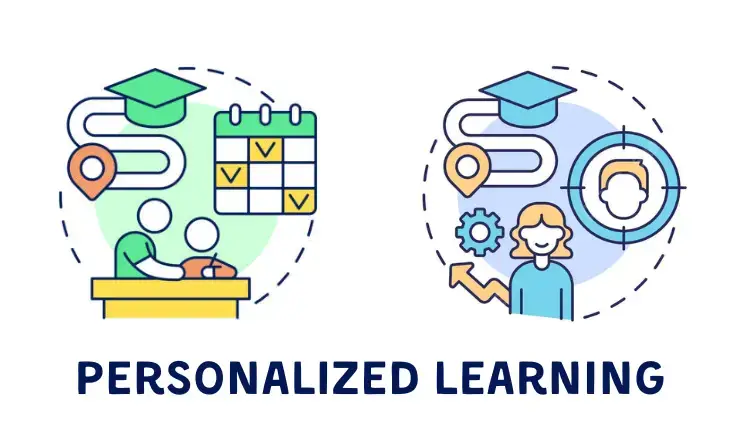Embracing the Future: Why Should Technology Be Used in the Modern Classroom
I love using technology in my classroom! ☺️💖 pic.twitter.com/DsMCAwak8o — Brenda Valenzuela (@miss_vteach) November 27, 2023

Perspectives on Technology in the Classroom: Insights from Teachers and Experts
“Learning in a connected, technology-rich environment enables young people to undertake meaningful experiences as they engage with peers, celebrities, relatives, and experts worldwide. They are able to connect with both formal and informal learning communities to communicate the results of their work — be it new proposals, new knowledge or solutions, persuasive advocacy (in a variety of interactive media formats), or creative ideas and expression — in ways that previous generations could only imagine. The educational opportunities that technology gives to students are not only amazing, they are transformative!” — Donald G. Knezek, CEO of the International Society for Technology in Education (ISTE)
“The key is to think about how technology improves the learning culture. How does it offer individuals the opportunity to take more responsibility for contributing? How does it make them be better consumers? How can technology increase their commitment by making audiences or experiences more real? Technology can help us increase the potential of all those things.” — Angela Maiers , award-winning educator, speaker, consultant, and social-media evangelist
“Real work for real purposes for real audiences — that’s the opportunity our children have today if they have technology in hand and access to the Internet. That’s not to say my 11- and 13-year-old children can’t do meaningful, important work without a device. But as lots of 11- and 13-year-olds are already showing, any child can now do world-changing work in ways that just weren’t possible even 10 years ago. The key is the audience, the connections that they can make with others who want to share in that work. These are the action networks, learning networks that my kids will be swimming in online all of their lives. And we need to teach them how to flourish in these spaces.” — Will Richardson, former teacher, cofounder of Powerful Learning Practice
“Find those in your building that have a natural interest in technology, and invest in those folks. But you really have to be strategic with that — you need to select teachers who are master teachers. That doesn’t mean veteran teacher. It means that a teacher who is well respected by their peers, who can ignite the fire of excitement with other teachers. And then once it begins to grow, your job as a principal is to provide what it is that they’re asking for, because before you know it, you have a school full of instructional leaders, and your instructional leaders have to be those folks that are in the classroom, knowing what kind of tools they need to do the job that they do everyday.” — Kappy Cannon Steck, principal of Forest Lake Elementary School in Columbia, South Carolina
11 Reasons Why Technology Should Be Used in the Classroom
1. enhances student engagement and learning, 2. facilitates personalized learning.


3. Prepares Students for the Future
Integrating technology into education is not just about keeping pace with the digital age; it’s about equipping students with the skills they need for a technology-dominated future. A Stanford Center for Opportunity Policy in Education report highlights how students acquire essential 21st-century skills like problem-solving, critical thinking, and digital literacy through technology in the classroom. These are not just academic skills; they are the tools for success in the modern workplace.
By preparing students in these areas, technology in the classroom is not just an educational tool; it’s a vital bridge to their future careers, ensuring they are ready to navigate and contribute to a rapidly evolving digital world.
4. Increases Collaboration and Communication
5. expands educational resources, 6. enables efficient assessment and feedback, 7. overcomes geographical limitations, 8. supports diverse learning environments, 9. reduces environmental impact, 10. educates students on digital citizenship, 11. advances careers with technology expertise, addressing opposing views on technology in the classroom, 1. technology is a distraction, 2. overreliance on technology reduces critical thinking, 3. loss of traditional learning skills.
‘Educators need to take a step back and ask not ‘how can I replicate what I do in the classroom’, but ‘how can I redesign this learning experience to take advantage of a whole wealth of technology that can deliver a full learning experience’ https://t.co/9co0lzqQ6Y — Neil Mosley (@neilmosley5) May 18, 2020
4. Health Concerns
5 ideas for integrating technology in the classroom, 1. interactive whiteboards, 2. educational apps and games, 3. virtual field trips, 4. coding and robotics, 5. online assessments and quizzes, useful resources, leave a comment cancel reply.

IMAGES
VIDEO